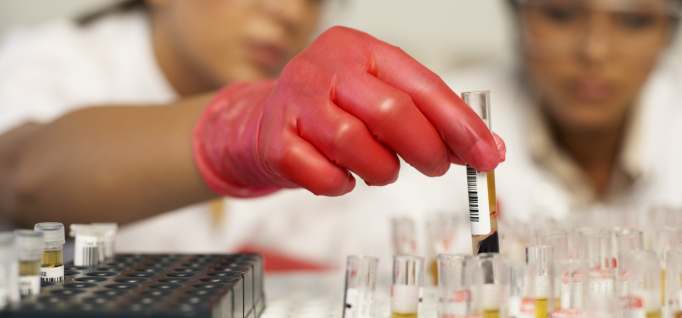Transfer Partnership Creates Successful Atmosphere
By Reyna Gobel
October 30, 2014
Massachusetts college partners with nearby university to put atmospheric science associate-degree holders on a clear path to a bachelor’s degree in the field.
A recent study shows that students who earn an associate degree before transferring to a four-year institution are more likely to earn a bachelor’s degree. Students have a further leg up when that associate degree aligns perfectly with the bachelor’s degree program at a nearby university.
That’s what’s happening at Berkshire Community College (BCC) in Massachusetts, which has partnered with the University at Albany to offer BCC students a bachelor’s degree in atmospheric and environmental sciences. Students complete their first two years of the degree program at the community college, earning an associate degree, and then seamlessly transfer to the university as a junior to finish their degree.
BCC chose to partner with the UAlbany because of it proximity, course quality, and personal connections between the professors. While UAlbany isn’t in Massachusetts, it’s closer to BCC than any in-state school offering an atmospheric science program; students can drive between campuses in 40 minutes.
That drive is likely worth it: According to the Bureau of Labor Statistics, atmospheric scientists had a median salary of nearly $90,000 in 2012, and the number of jobs in this specialization is expected to increase 10 percent by 2022.
How did the BCC program start? BCC adjunct instructor Joseph Kravitz received his master’s from UAlbany, so he has an insider’s understanding of the coursework there. He worked with Charles Kaminski, BCC’s dean of business, science, mathematics and technology, to start the program, which began with the first course several years ago and has grown to a full schedule of classes today.
Kravitz created BCC’s atmospheric science degree program by reviewing UAlbany’s course list and exchanging dozens of emails with UAlbany professors he knew from his studies there. Then the transfer coordinators at both colleges developed the formal degree plan. Kravitz teaches all five meteorology courses at BCC, four of which are part of the degree offered by UAlbany.
How does the program work? Students who complete an associate degree in atmospheric science at BCC with a 3.0 GPA can transfer to the UAlbany with junior status to complete a Bachelor of Science in atmospheric and environmental sciences. The program formally started this fall.
Considering starting a new degree program at your college? Kaminski and Kravitz offer the following four tips.
- Start with a test course. Before developing the full atmospheric science program, BCC first offered an extreme weather course to gauge student interest in the subject. The class proved popular, so the college gradually added more courses in meteorology.
- Build in flexibility. The BCC coursework needed to align with the UAlbany curriculum for the transfer partnership to work; however, BCC knows some students will want to transfer to atmospheric and environmental sciences programs at other universities. BCC took that into consideration when designing its courses.
- Don’t overlook part-time faculty. With their additional experience outside of the college setting, adjunct faculty members often have creative ideas about new programs to offer.
- Review approval procedures. In Massachusetts, colleges have the autonomy to create courses for their students, so only BCC leaders needed to approve the program.










